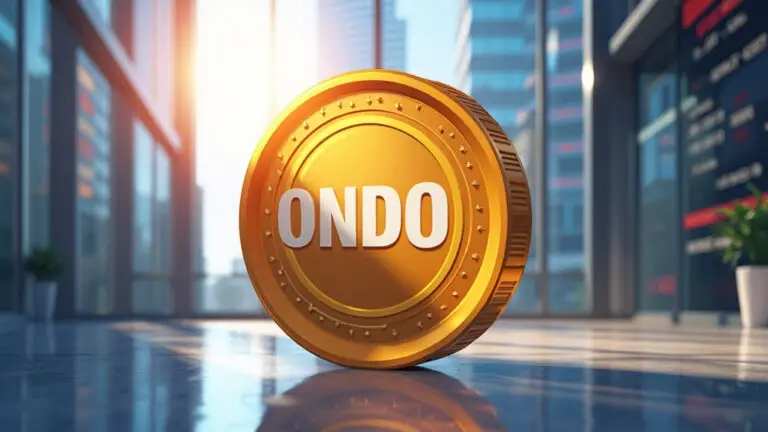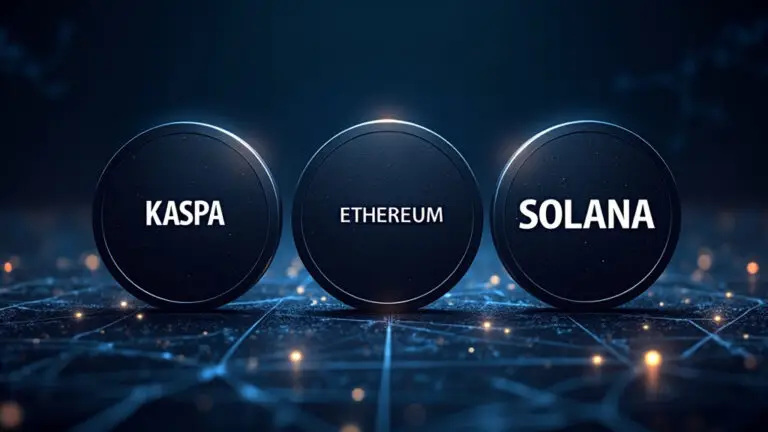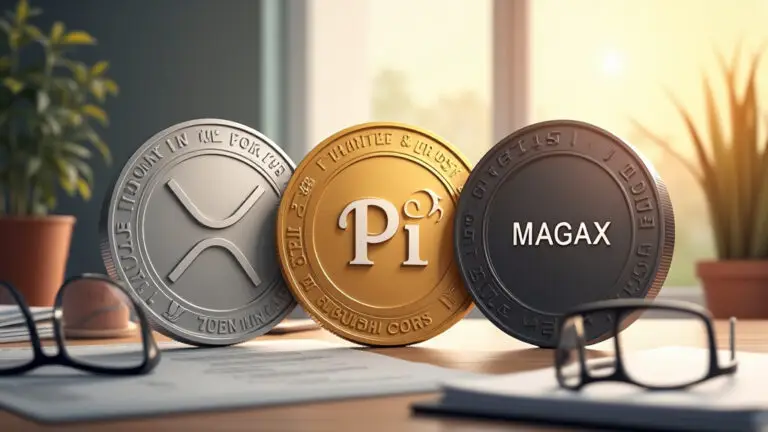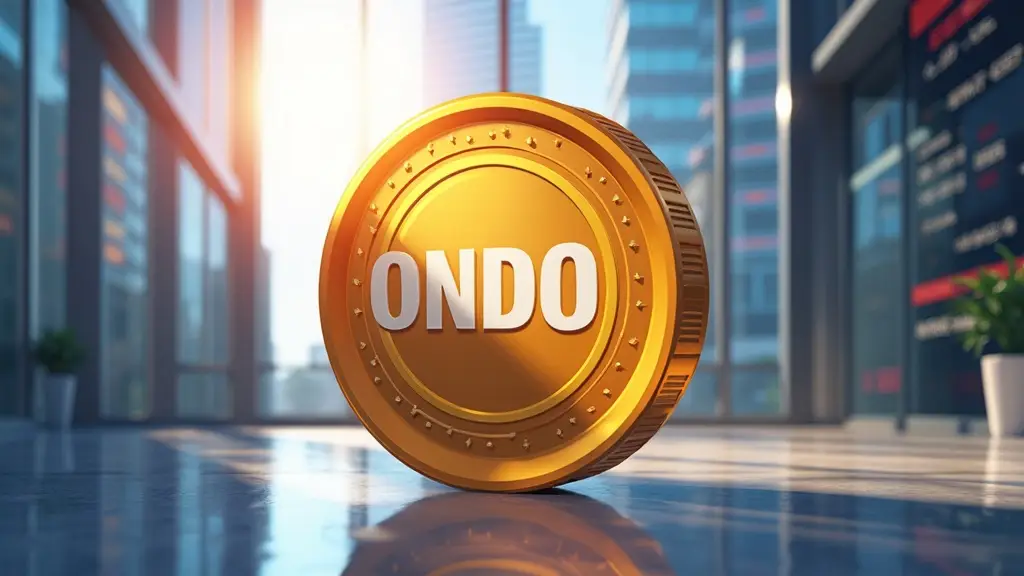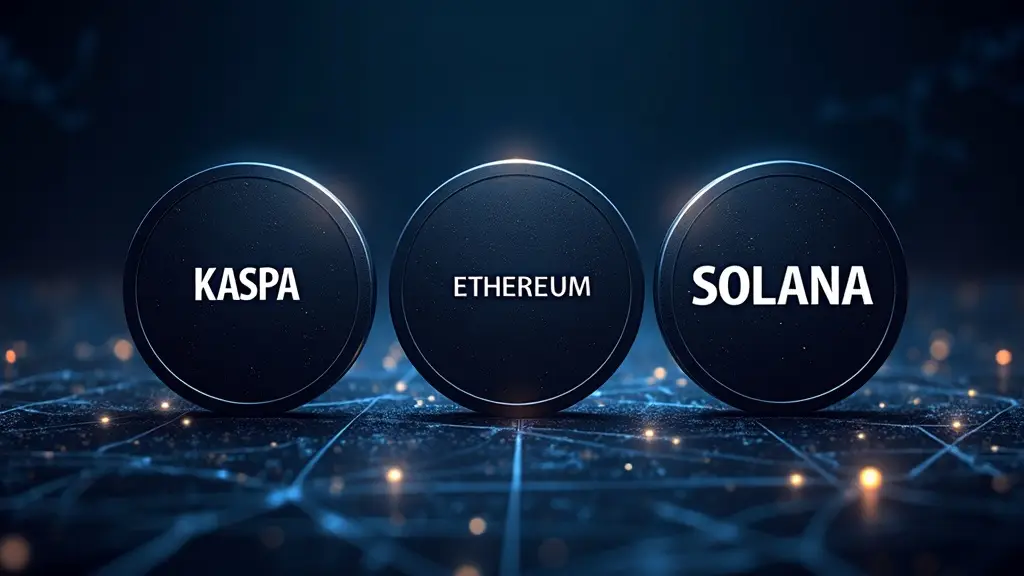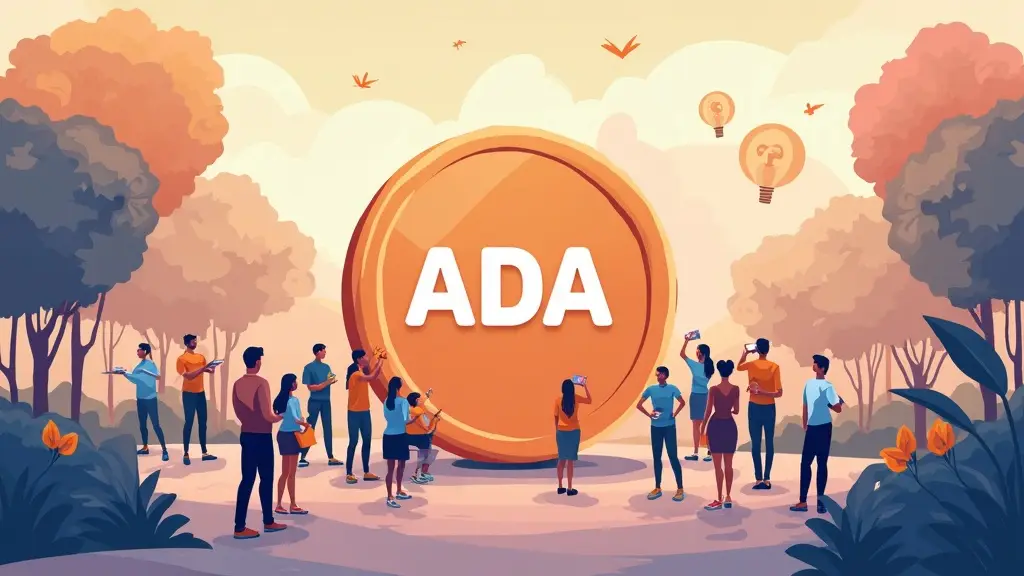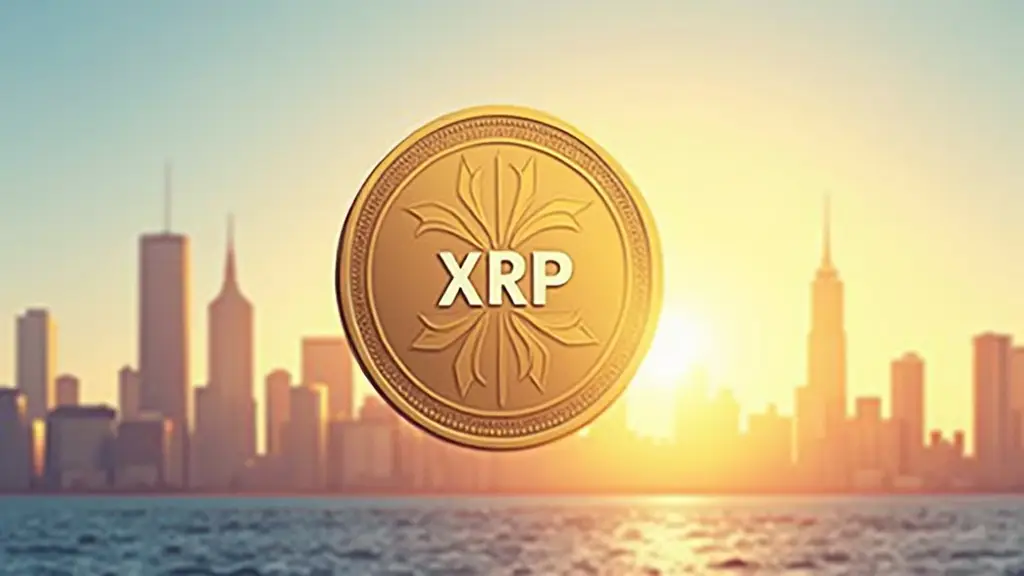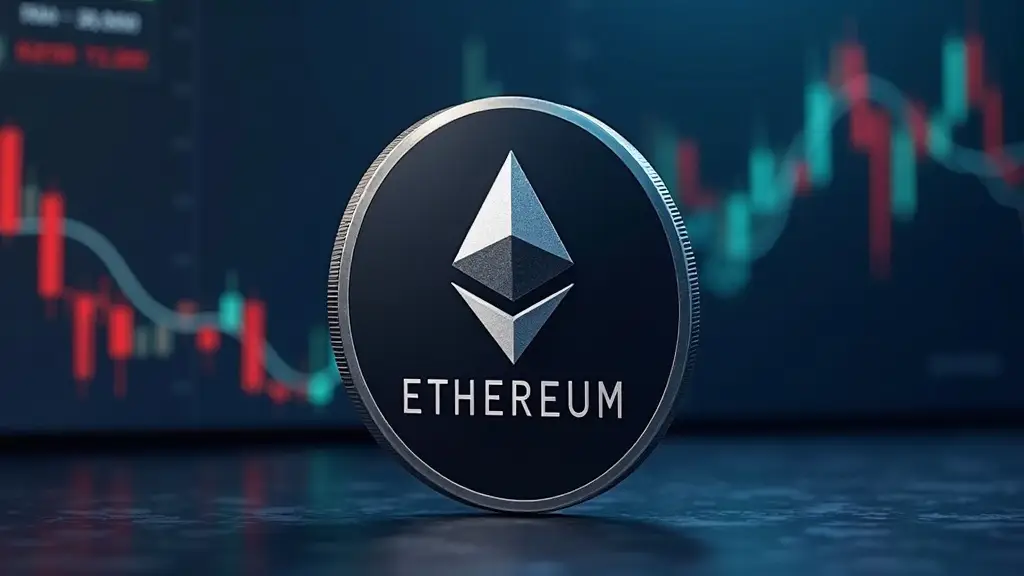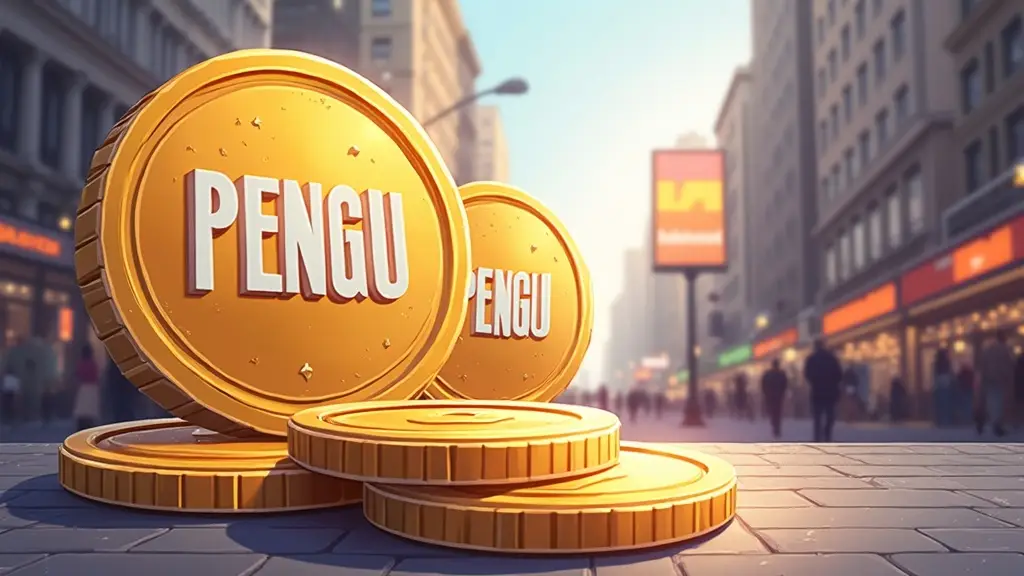Big Potential, Big Risk
Most people entering the crypto market have heard of Bitcoin and Ethereum. But for those looking to catch the next explosive opportunity, the real challenge lies in identifying promising newer coins. According to Daniel Polotsky, co-founder and chairman of crypto ATM company CoinFlip, early-stage coins often offer higher upside but come with greater risk.
“While they may offer greater upside, they also have a much higher chance of failing completely,” Polotsky told The Post.
That’s why experts advise newcomers to start with mainstream cryptocurrencies before exploring lesser-known assets. Ben Weiss, CoinFlip’s co-founder and CEO, cautioned against the common rookie mistake of chasing cheap meme coins simply because they’re priced low.
“They feel like they missed the boat with Bitcoin, so then they buy some of these smaller coins, like these meme coins that are like four cents a coin, thinking it’ll be the next Bitcoin, and those coins are usually four cents for a reason,” Weiss explained.
Drowning in Data: Where Do You Even Start?
As crypto’s popularity explodes, one problem isn’t a lack of information—but too much of it. Sifting through endless newsletters, social media posts, and platform stats can quickly overwhelm new and experienced investors alike.
“For better or worse, crypto prices are often driven by both hype and substance,” Polotsky said. That makes understanding sentiment on platforms like Reddit and X (formerly Twitter) crucial. Communities on these sites often offer real-time sentiment snapshots and discussions on coins gaining traction.
Transparency Matters
Another key factor to consider when researching a coin is the transparency of the team behind it. Many small meme coins feature anonymous creators, which increases the risk of scams or “rug pulls.” Polotsky emphasized that teams with public identities signal greater accountability.
“Anonymous teams may pose greater risks, as they face less reputational damage if they were to rug pull,” he said.
A visible, public-facing development team can lend credibility to a coin’s future, even if it’s still in its early stages.
The Best Platforms for Discovery
Reliable tools like CoinMarketCap, CoinGecko, Messari, and DeFi Llama offer a treasure trove of data for investors. From trading volumes to blockchain compatibility and fee structures, these platforms let users filter and evaluate hundreds of new coins launched every month.
CoinMarketCap and CoinGecko, in particular, list new coins by the hour. At the time of writing, four new coins had been added to CoinMarketCap within just five hours. They also allow investors to sort by price, market cap, volume, and blockchain.
Real-World Asset Tokens Gaining Attention
Among the newer categories of digital assets attracting attention are Real World Asset (RWA) tokens, which represent physical assets outside the blockchain. Polotsky highlighted Ondo and Plume as standout projects in this space. These tokens aim to bridge the gap between traditional finance and decentralized systems by linking digital ownership to tangible goods.
This approach is gaining traction among investors looking for stability and real-world application—something meme coins often lack.
Building Your Network for Better Intel
Beyond the charts and online tools, Polotsky encourages networking with other crypto enthusiasts. Attending crypto conferences, joining hackathons, or even just engaging in discussions on social media platforms can uncover coins not yet on the mainstream radar.
While it may not be as fast as a Reddit search, human connections can lead to exclusive insights and early access opportunities.
Buying and Storing New Crypto
Once a promising coin is found, the next steps are choosing a payment method and platform. Options range from credit cards and bank transfers to mobile apps like PayPal and Apple Pay. Open banking, while less widely available, offers direct and secure transfers.
As for platforms, Coinbase remains popular among beginners for its simplicity and security, though it doesn’t support advanced trading tools. Kraken offers low fees and reliability, while Crypto.com and Gemini cater more to advanced users with features like options trading and higher security layers.
Hot vs. Cold Wallets: Where Should You Store Your Crypto?
After buying, investors must decide how to store their coins. Hot wallets, like those offered by Best Wallet or Ledger, stay connected to the internet and allow for easy trading but are more vulnerable to hacks. Cold wallets, on the other hand, store assets offline and offer greater protection—though losing access means losing the investment permanently.
Platforms like Coinbase and Crypto.com also offer their own wallets, giving users integrated options for safekeeping their digital assets.
Staying Ahead in a Fast-Moving Market
The crypto world moves fast, and staying informed is key. With new coins launching daily and sentiment shifting rapidly, successful investing depends on combining reliable tools with a watchful eye on the community. From understanding the team behind a token to following Reddit buzz and attending industry events, the search for the next breakout coin requires both caution and curiosity.
As Polotsky noted, the right mix of hype and substance can turn a low-profile coin into the next big thing—but only for those who know where to look.


